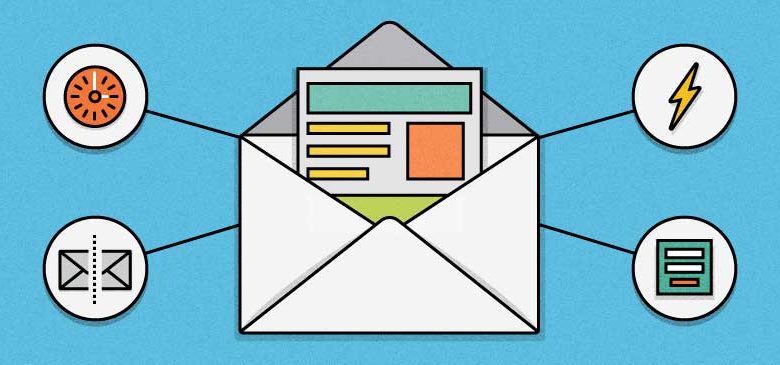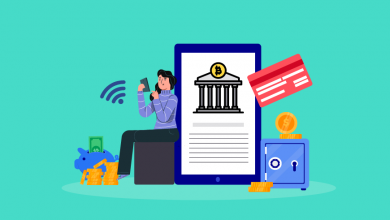Understanding The Basics to Sending Relevant Emails

The email is by far one of the best marketing tools out there. People can access their emails on a variety of devices, including laptops, smartphones, and tablets. But, at the same time, inboxes have become busier than they have ever been. With brands constantly pushing their promotion in addition to personal and professional emails, it becomes more crucial than ever to make your voice heard. You can ensure a favourable response only if you deliver relevant content to establish a personal connection with the customer.

Having the basics of subscriber experience right can go a long way in providing desired results. The question on sending relevant emails remains, and through this article, we hope to provide some answers. Below mentioned are some of the best tips you can utilise to deliver the best reading experience to your customers so they keep coming back.
Table of Contents
Automation
Automation has been quite a tech buzzword for the past few years, and rightfully so. It is an effective way to both save time and increase productivity. For example, email marketing uses customer behaviour as a base and helps send out relevant and timely emails. Apart from the content, timing and frequency are key in email marketing, and automation takes care of just that.
Start with a set of automated welcome emails as soon as the customer has subscribed to capture the customer’s attention early on and make a good first impression.
Segmentation
In the world of email marketing, there is no place for a one size fits all approach. Each customer is an individual identity with varied interests, concerns and backgrounds.
Giving them all an identical treatment does more harm than good, which is why ‘email blasts’ are not a thing anymore. Instead, any good email campaign management company understands the need to make email campaigns more tailored and personalised for the reader. Email database segmentation comes into play here as it increases the relevance of the whole email experience.
When we segment an audience into different groups based on demographics, buying preferences, activity etc., it becomes convenient to design email campaigns for each one of them. The information in those segmented emails will cater directly to these groups, enhancing their user experience. This approach will give you an added edge as your customers will feel as if you understand them.
Subject Line Testing
The subject line is the first and foremost thing a reader sees when they receive an email from someone. In most cases, it is the deciding factor in the customer opening the email. To get your message across and make better conversions, you need emails with a high open ratio. To enhance your open and click-through rates, consider split testing the subject line.
The strategy will help you gather more information on your customers and understand their preferences and behaviour patterns. In this ever-competitive day and age, you need to split-test your content effectively. You can start by getting your team members to write their versions of an ideal subject line & then choose the best one among them. After finalising the winner, you can send them out to your customers and see their reactions to it.
Readability
Your average customer’s inbox is inundated by a hoard of emails on the daily. Hence, it becomes more important to make a good impression amidst all the noise. It is not helping anyone if the customer opens your email and finds them hard to read because of their wordiness. With attention spans plummeting at alarming rates, you need to grab the reader’s attention right from the start. How does one do it? By getting to the point quickly and developing content that is both informative and straightforward.
Focus on being crisp, clear and having a catchy ‘call to attention so that your audience knows about the email content. If we talk about the flow, it needs to be a well-structured narrative, adding value to the customer’s life. You can also add visual content such as images, GIFs, emojis, etc., interspersed with blocks of text for better readability.
Dynamic Content
Using dynamic content in your email campaigns is an excellent way to send unique content to your subscribers, driven by stored customer data. It works by displaying different content to different individuals by using stored information in the same email. Consider a clothing brand, for instance.
With dynamic content, that company will send out different emails to men and women showing them the respective clothing options. What this does is that it shows different groups content that is relevant to each of them and helps boost conversion in the long run. Dynamic content also helps save time as the process is strongly linked to automation.
Follow TechWaver for more Tech News and Computer Tips.



